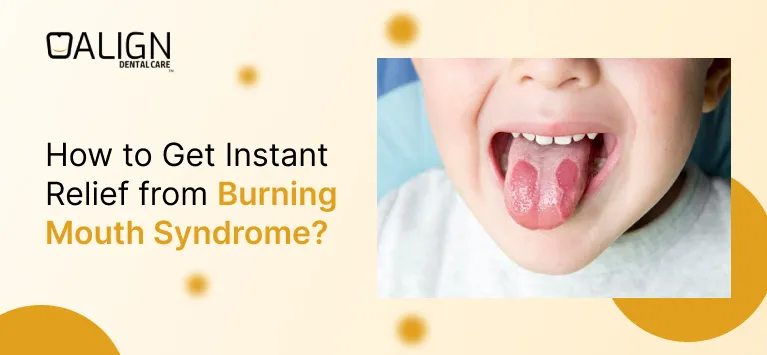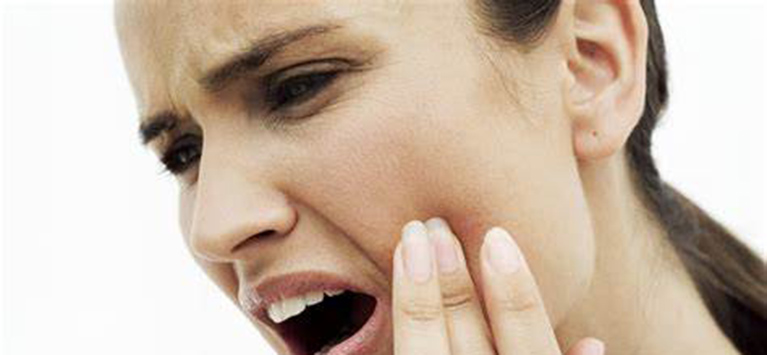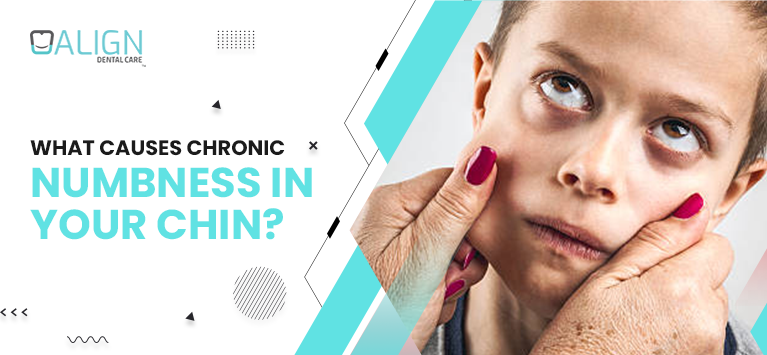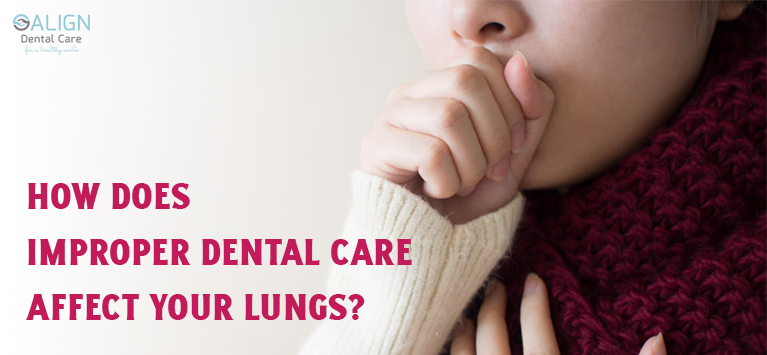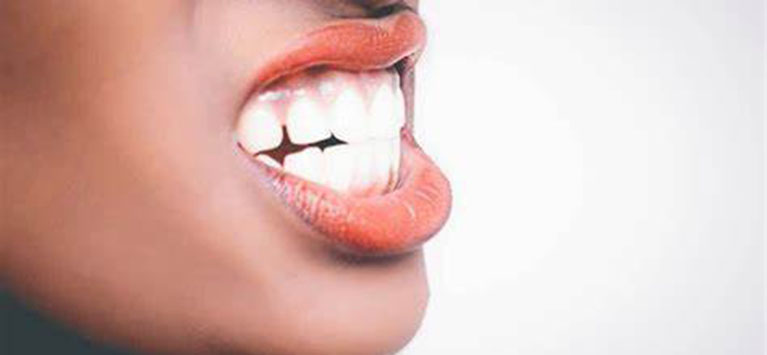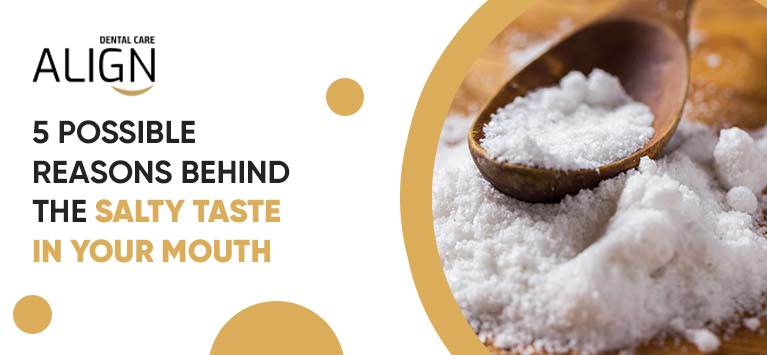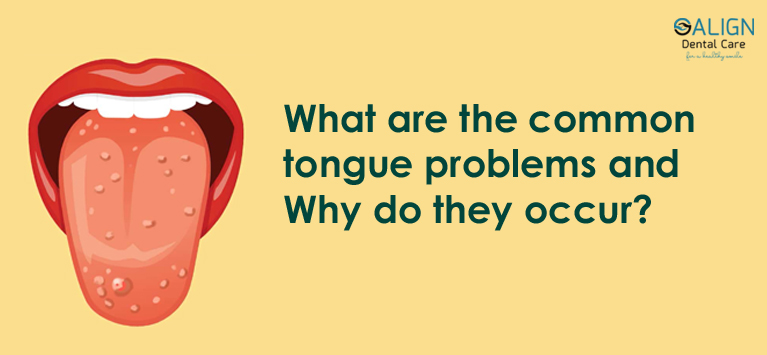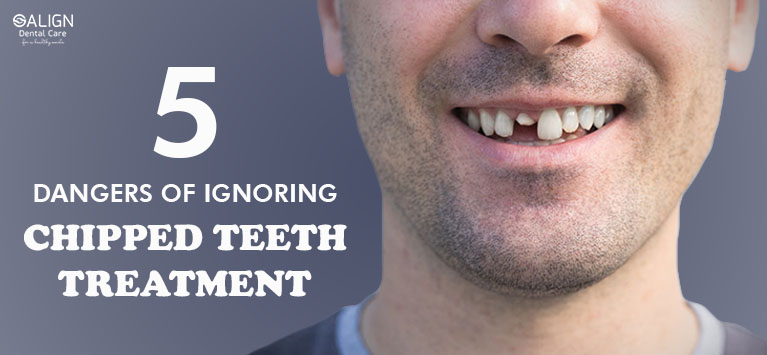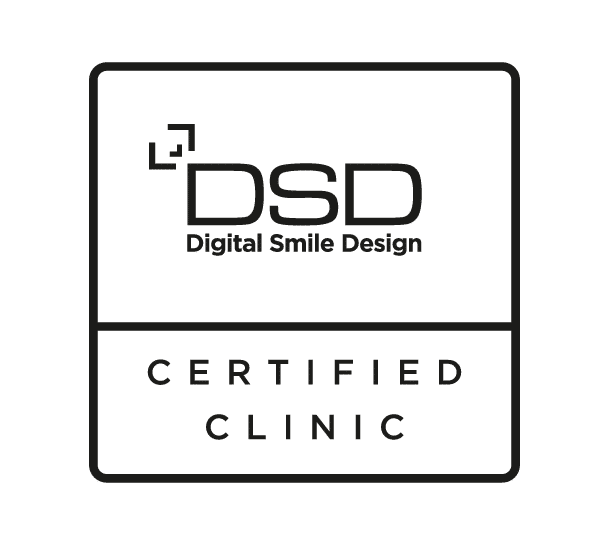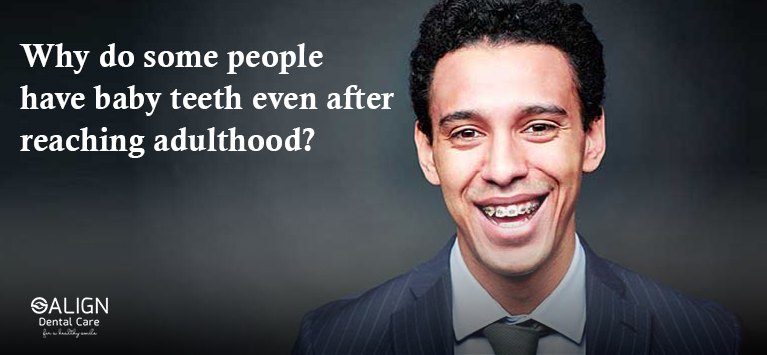
Why do some people have baby teeth even after reaching adulthood?
Teeth begin to erupt when we are 6 to 10 months old. Such first set of teeth are known as baby teeth or primary teeth and play a crucial role in laying a framework for the permanent teeth. By age 3, all milk teeth are fully grown. The permanent teeth begin to develop around 6 years old underneath the existing ones. When they are fully developed, the adult teeth push out the primary teeth. All the 32 adult teeth may have developed completely when we are 21 years old.
The milk teeth will tend to fall out at different stages throughout childhood. However, some baby teeth do not shed for certain people. These baby teeth that never come out are known as adult baby teeth (or) retained primary teeth.
Keep reading to know more about the underlying causes of this condition and treatments to fix its aftereffects.
What causes retained baby teeth?
All the baby teeth should fall out by early adolescence it does not happen for some people because the adult teeth that should replace the milk teeth are missing. This condition is known as tooth agenesis.
Dentists observed that it might occur due to genetic disorders or side effects of various bodily disorders that provoke abnormalities. Common disorders that disrupt primary tooth development and lead to retained baby teeth are as follows:
- Hyperdontia – You have an extra number of teeth so that the adult teeth cannot get enough room in the dentition.
- Hypodontia – 1 to 5 adult teeth are missing.
- Oligodontia – more than 6 adult teeth are missing.
- Anodontia – Most of the permanent teeth are missing.
Likewise, disorders like ectodermal dysplasia. endocrine disorders and dental trauma may also prevent the eruption of permanent teeth, followed by adult primary teeth.
What are the possible problems linked to retained baby teeth?
The degree of dilemma caused by adult baby teeth depends on various factors. For instance, dentists reveal that this condition is harmless for people whose baby teeth are structurally, and functionally sound.
On the other hand, if the retained baby teeth happen with incisors, it will damage the adjacent teeth and orthodontic problems will develop. The important teeth misalignment problems to highlight are:
- Occlusal Trauma
- Infraocclusion
- Diastema
Meanwhile, the developed adult teeth will become impacted over time if it does not erupt properly. Root resorption, periodontal bone loss, and dental caries may also happen in the future if you neglect the abnormal signs of not losing baby teeth.
What should you do if you have baby teeth in adulthood?
Once the dentist identifies that the retained milk tooth has a healthy crown, roots, and alveolar bone. It is a benign condition and can be addressed with minimum maintenance.
If you notice space between teeth or teeth misalignment problems, consult your orthodontist. Remember that most of the orthodontic problems that happen with adult baby teeth are treated with little modifications.
Tooth extraction is recommended if the teeth crowding is severe enough and cannot be fixed with orthodontic treatments. Such extractions will be followed by restorations like dental bridges or resin-bonded bridges to avoid further complications.
Bottom line
You might be surprised knowing that the baby teeth are still sitting in your mouth. Many people are not aware of this and go decades because they may not have any discomforts. In contrast, it the retained baby teeth will cause various dental dilemma as well as teeth crowding problems.
Don’t worry. your dentist will provide the right solution with retained primary tooth removal or other treatments to fix this problem.






